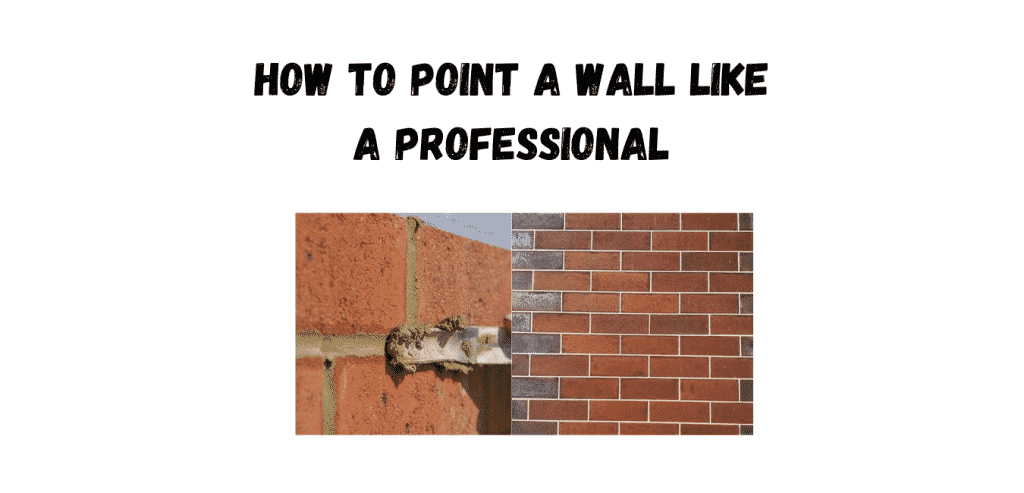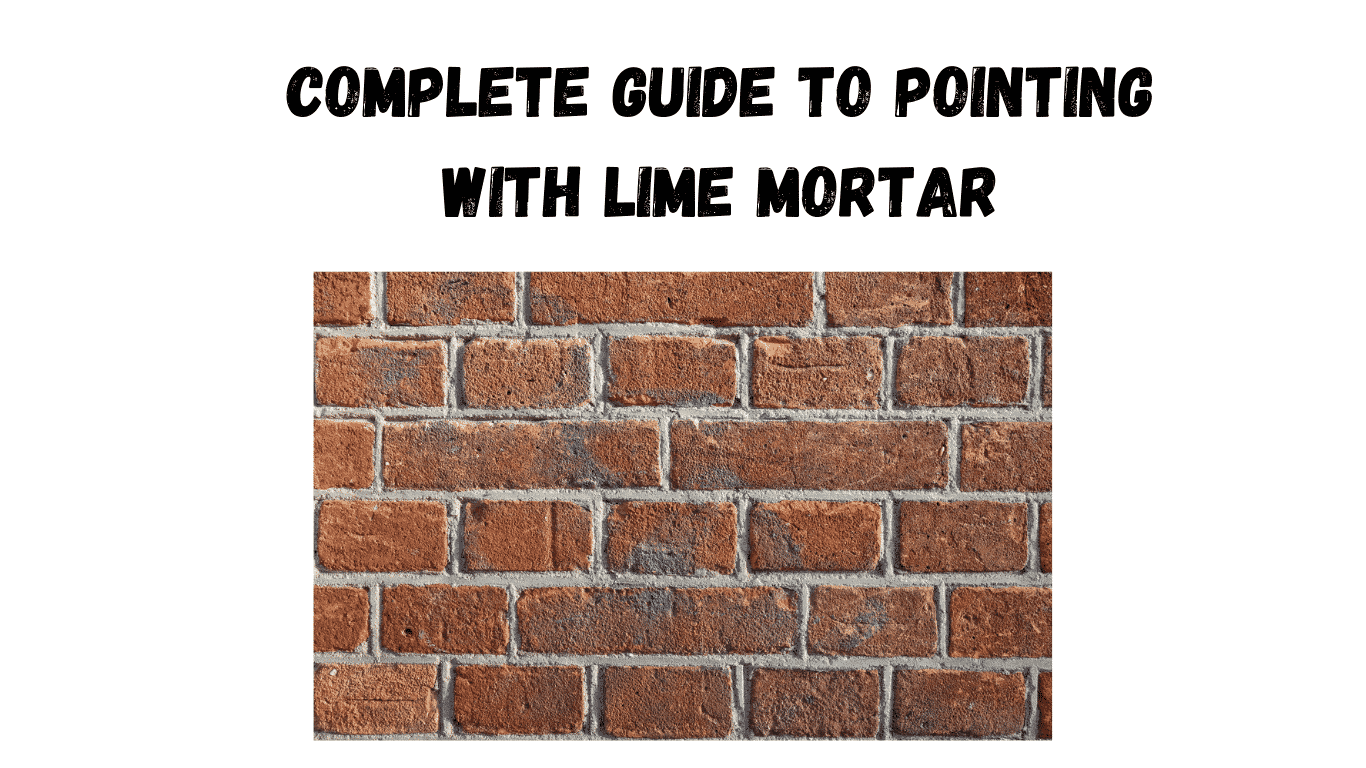Complete Guide to Lime Mortar Pointing
Lime mortar in a masonry wall contributes as much to the look of the wall as the masonry itself. Furthermore, if artisans did not point the mortar correctly, they may have left the entire structure to the mercy of the elements. However, with the proper lime pointing, historic buildings and residences with lime mortar can maintain their look and durability for many, many years.
What is Pointing?
As artisans build a masonry wall, they fill the joints between the masonry units with mortar. This procedure is called pointing, and it can be performed during or after construction. The builders will usually remove excess mortar to make it flush with the masonry during construction. On the other hand, after construction, they will fill recesses that have appeared in the original mortar.
Pointing stone with lime mortar is a significant part of a wall’s aesthetic, and many local variants include unique nearby materials to alter the mortar’s appearance and physical properties. For narrow joints, pointing techniques that make the joint appear as slim as possible were traditionally considered high-class centuries ago. Builders often covered Low-class, irregular stonework with mortar that they spread on the surface to make it smooth.
Pointing is a structural necessity that keeps the interior of a building dry. Brick and stone can absorb rainwater over time. Moreover, moisture can infiltrate small cracks between the mortar and masonry substrate. Lime mortar pointing is permeable and allows water to leave the building. On the other hand, rigid cement joints force water to seep through the stone or brick on the way out and can cause them to crack or otherwise degrade.
What Is Lime Mortar Repointing?
Repointing is a procedure in which a contractor or builder will fill the masonry joints where the lime mortar pointing has worn away or been damaged. This procedure can happen many times over the life of a wall. If done well, repointing can increase the durability of a masonry wall; however, poorly executed repointing can leave the wall open to water damage and other weather effects.
Skilful lime mortar pointing is necessary for a wall to regulate its water absorption and evaporation. If the mortar is the wrong type or has been poorly installed, someone will need to repoint it to prevent damage.
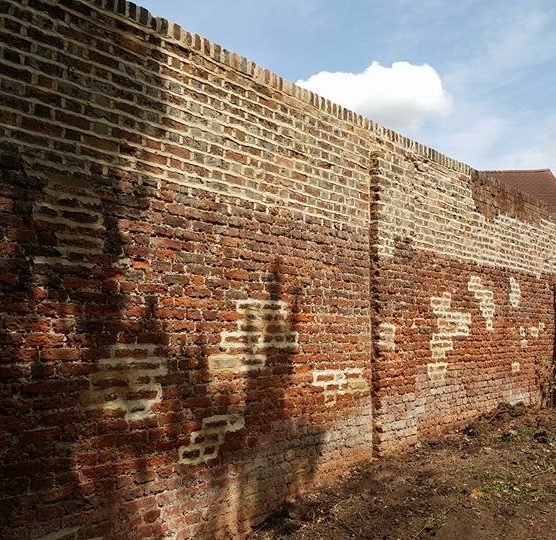
Repointing typically occurs in three scenarios:
- The existing mortar is crumbling or loose.
- The mortar has weathered and formed a ledge. This ledge draws water into the joint.
- Someone repointed with hard cement, causing erosion damage to the masonry.
Generally, the above conditions persist on walls exposed directly to the elements. Furthermore, preexisting lime mortar may still be functional, even slightly worn or soft. Therefore, a contractor or homeowner should always investigate the underlying cause of the mortar and masonry decay, as it could be another building defect, and repointing the lime mortar would only delay further damage.
(Re)Pointing Brickwork with Lime Mortar
Repointing a masonry wall could be part of a much larger project that requires subcontractors, surveyors, and architects if the wall is part of a historic structure. Homeowners can perform pointing with lime mortar themselves, but it may be best to find a contractor who is experienced in traditional lime pointing instead of cement.
Regardless of who is performing the work, they need to ascertain the project’s scope and what type of lime mortar for pointing they should use.
The contractor or homeowner must answer the following three questions:
- How large is the area for lime mortar pointing?
- What type, style, and colour of lime pointing mortar was previously used?
- How many different mixes for lime pointing will they need?
Different Types of Lime for Pointing
The single most important principle to observe when looking for lime mortar for pointing is that the mortar should be slightly weaker and more permeable than the masonry substrate. More rigid mortar will speed the decay of the masonry, causing it to crack with water damage or temperature changes. However, areas exposed to harsher elements could require the durability of a harder mortar, so the craftsman should take care to balance durability and permeability.
There are two types of lime for pointing: non-hydraulic and natural hydraulic lime (NHL). Non-hydraulic lime is the most absorbent and hardens slowly as it reacts to carbon dioxide in the air. It adheres very well and functions best in sheltered locations with soft masonry or brick. Non-hydraulic lime mortar consists of powdered lime mixed with water and an aggregate, usually sand, to make a mortar.
A more durable but less permeable non-hydraulic lime mortar includes hydraulic additives called pozzolans. These additives are often local materials like crushed shells, crushed brick, charred wood ash, and fibrous materials. Such mortars are suitable for locations more exposed to the elements.
Natural hydraulic lime (NHL) sets in 2 stages. First, it partially hardens through a chemical reaction with water, then finishes through a reaction with carbon dioxide in the air. NHL is less permeable than the non-hydraulic lime mortars and is better for wet locations or spots that are very exposed to harsh weather conditions.
When choosing a mortar, an artisan should keep in mind the following:
- Denser, more robust masonry substrates can accommodate tougher mortar.
- Degraded, damaged, or soft masonry requires softer mortar.
- Exposure to the elements requires tougher mortar.
Repointing with Lime Mortar
Repointing lime mortar should be done in good weather if possible. Extreme heat and cold may cause the mortar to dry too quickly, causing cracks or preventing it from adhering to the substrate correctly.
Artisans should use lime pointing tools that are narrow enough to fit in the joint. They will also need a hook for removing embedded debris, a chisel, and a hacksaw blade if there are narrow joints.
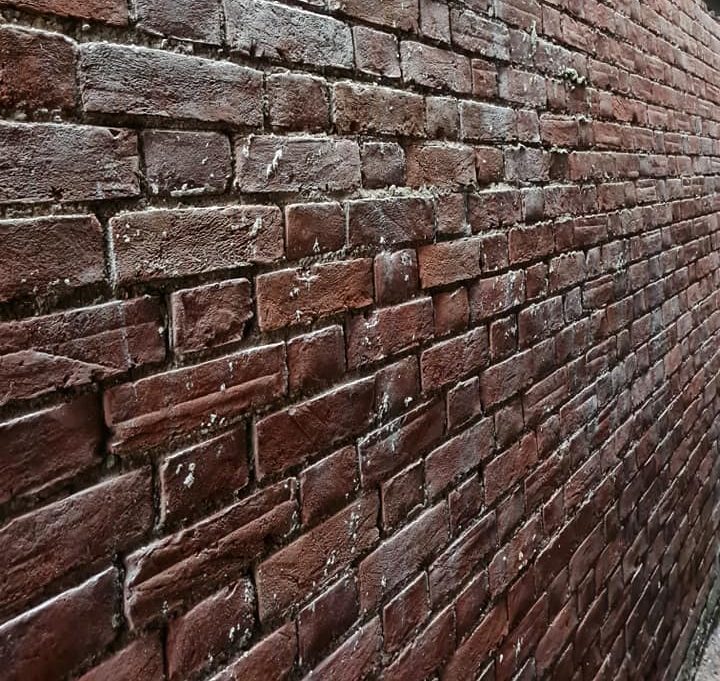
How to Point with Lime Mortar
Follow these eight steps for lime mortar pointing:
- Starting at the top, rake out defective pointing with chisels or other hooked tools. Make sure the depth is at least twice the width of the joint.
- Ensure the raked area in the joint is square so the mortar can adhere better to the masonry.
- Brush or vacuum away the dust and debris from the joint and flush with water. This reduces suction, aids adhesion, and prevents the mortar from drying too quickly.
- Avoid power tools, as they can damage the masonry and leave too much dust. Instead, use power tools for the initial breach of mortar, finish with a chisel.
- Fill joints with mortar. Remember to wear a facemask, eye protection, and gloves. Lime is a skin and lung irritant. It is best to get a contractor or to undergo training first.
- Protect the repointing area with ventilated coverings such as blankets, carpets, and hessian. Mist the site regularly to prevent premature drying. Consider plastic sheets or tarpaulins if there is heavy rain.
- Finish the joints with a coarse brush. The mortar is ready when it is still damp but semi-hard. You should easily mark it with a thumbnail, but a thumbprint should leave almost no impression. Make the mortar flush with the masonry unless damaged. You may want to leave a recess to keep the joint appearing small. However, this may decrease durability.
- When finished, protect for at least one week with coverings. Congratulations on your freshly repointed masonry!
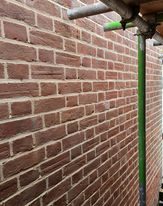
Conclusion
Lime mortar has been used for ages, and its durability and adaptability are undeniable. However, lime is not easy to work with, and it takes some planning to get started. However, whether you hire a contractor or do it yourself, the painstaking process can make your classic, historical masonry durable and eye-catching for a long time to come.
Links Lime Mortar
How To Point a Wall Like a Professional
